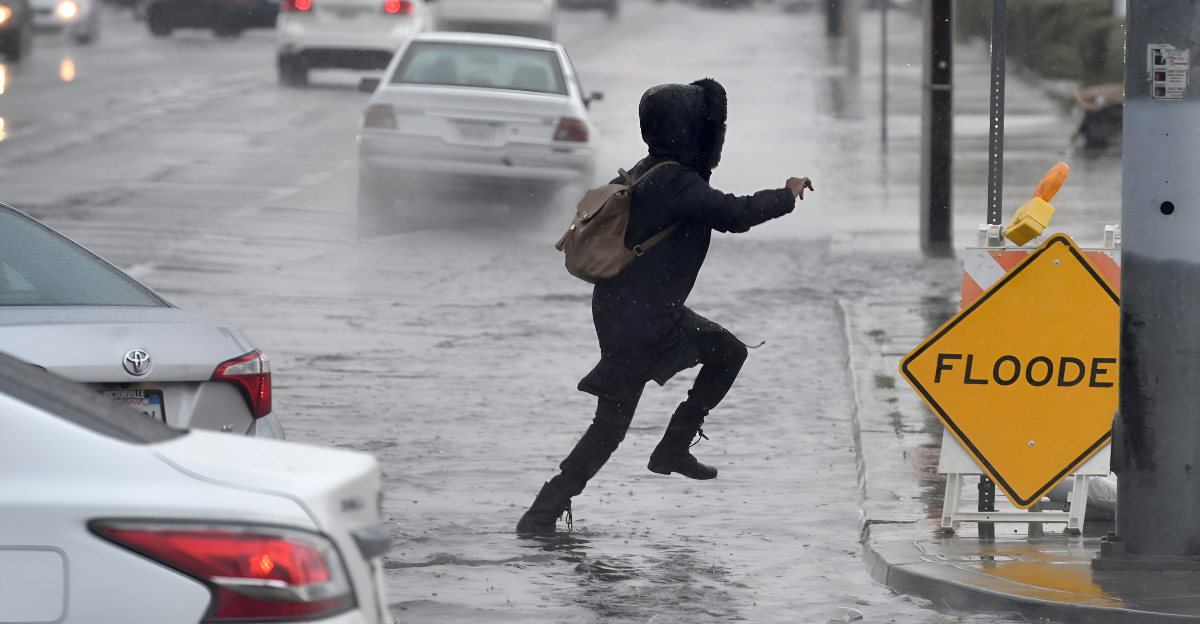
A relentless onslaught of severe weather is targeting the central United States through Memorial Day weekend, with millions at risk for torrential rain, flash flooding, and destructive hail. The weather pattern, which started on Thursday, is not letting up, with daily thunderstorms expected over the Southern Plains and surrounding areas.
Meteorologists say rainfall may surpass 6 inches in the hardest-hit areas, leading to many flash flood warnings. This is more than just a brief blast of bad weather—it is a prolonged meteorological siege that will disrupt daily life, travel habits, and infrastructure and has set off a chain reaction of consequences stretching far beyond the immediate effects of the weather.
Storms Batter Central U.S.

The storm system is being fueled by a slow-moving front trapped between dips in the jet stream and deep moisture flowing from the Gulf of Mexico. This setup allows repeated rounds of thunderstorms to develop, each capable of delivering a few inches of rain and producing large hail, some as big as baseballs.
The region’s soils are already saturated from previous storms, further increasing the risk of flooding. The weather is not likely to break for days, and the threat of dangerous weather, including tornadoes, high winds, and life-threatening flash floods, persists through the holiday into the following week.
Climate and Travel Chaos

As roads flood, flights are delayed, and highways are rendered impassable, millions of travelers are contending with significant disruptions. Memorial Day weekend, which is usually one of the busiest weekends for travel across the United States, has been under threat from the storms.
Flood watches and warnings stretch across the south-central states, affecting major corridors from Oklahoma to Arkansas and Missouri. Authorities are urging caution and advising travelers to check conditions before setting out, as water rescues and road closures are already being reported.
The ripple effect is immediate— holiday plans are ruined, and emergency responders are stretched thin as they deal with stranded motorists and flooded communities.
Outdoor Activities Canceled

Parades, outdoor events, and recreational plans are being canceled or postponed throughout the region. Campgrounds, parks, and public spaces are closing as the risk of flash flooding and lightning becomes too great. Families and outdoor enthusiasts are forced to abandon holiday traditions, and local businesses dependent on the Memorial Day crowds suffer.
The storms are not only a safety hazard but also an economic blow for communities that rely on tourism and holiday spending. The ripple effect extends to first responders, who must deal with evacuations and enforce safety measures in addition to their everyday duties.
Infrastructure Failure and Power Cuts

The storms are testing local infrastructure, with structural damage reported, downed power lines, and widespread power outages. Large hail and strong winds are smashing in roofs, vehicles, and utility equipment, while the flooding is overflowing drainage systems and threatening critical facilities.
Emergency crews are working around the clock to restore power and clear debris, but the magnitude of the storms is hampering their efforts. The risk cascades to hospitals, schools, and basic services, all affected by decreased capacity and heightened demand for emergency responses.
Overburdened Emergency Services

First responders are facing unprecedented challenges as calls for help surge. Water rescues, medical emergencies, and structural collapses are happening simultaneously, and resources are being pushed to maximum capacity. The storms were placing responders in a position to make life-and-death decisions, with calls from neighboring jurisdictions for mutual assistance.
The continuing cascading impact means longer wait times for people who need help, and greater danger for emergency workers who must navigate treacherous conditions. The human cost is growing, with casualties already reported in some of the worst-affected areas.
Impact on Local Wildlife and Pets
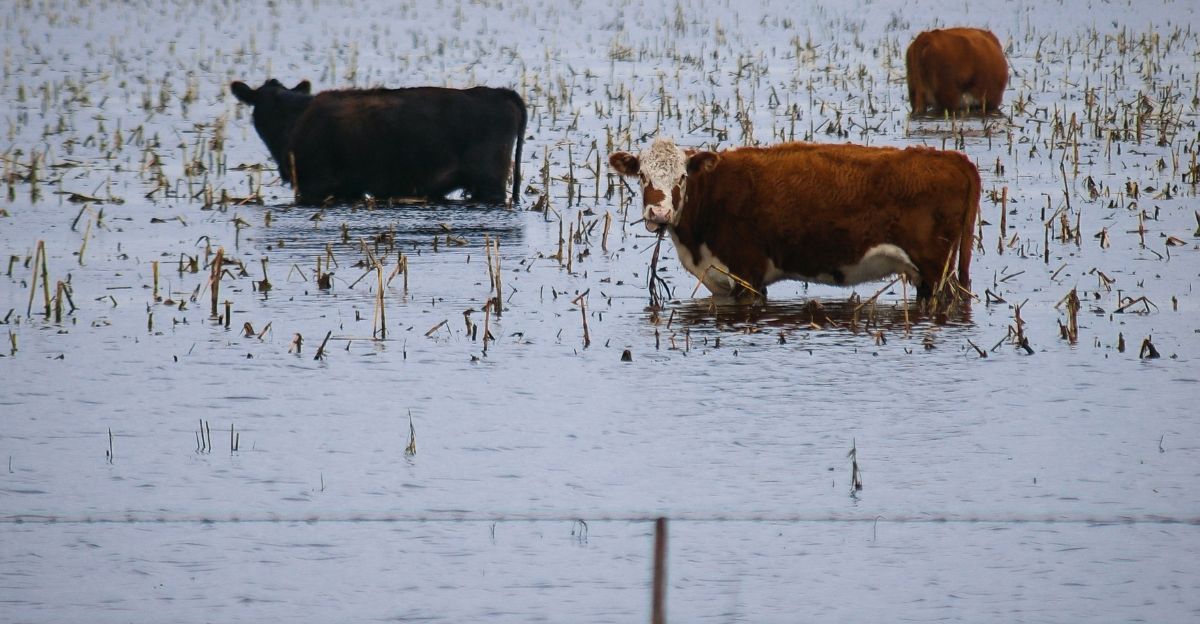
Severe storms and relentless flooding across the central U.S. disrupt habitats and threaten wild animals and domestic pets alike. Wildlife is forced from homes as floodwaters fill burrows and dens, causing animals such as deer, foxes, and small mammals to move to higher ground or risk drowning. Aquatic animals face polluted or deoxygenated water.
During evacuations and power outages, pets suffer from stress, injury, or loss, and many become separated from their owners in the chaos. The destruction in the wake of the storms leaves ecosystems altered, food sources destroyed, and nesting sites destroyed, complicating the challenge for wildlife to survive and recover in the region.
Impact on Businesses and the Economy
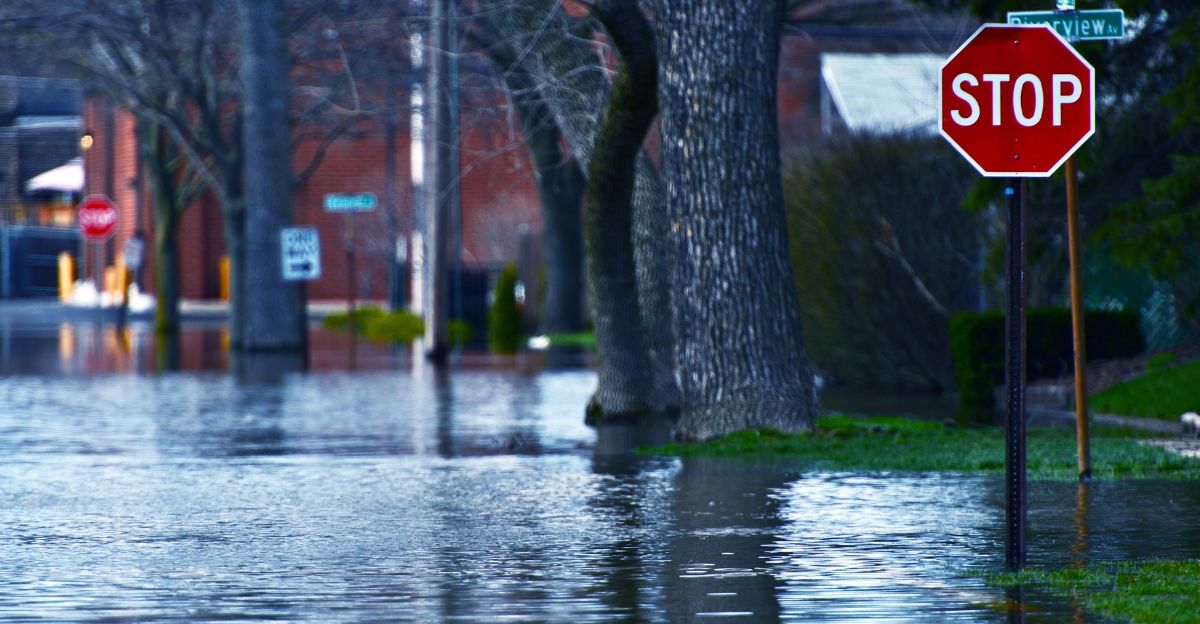
Local businesses, particularly those that rely on Memorial Day foot traffic, are taking a big hit. Restaurants, stores, and entertainment venues are closing early or staying shut altogether, and impassable roads are cutting supply chains. The ripple effect reaches the broader economy, too, as insurance claims mount and productivity slows.
Farm activities are in jeopardy, as fields have been flooded and livestock threatened. The storms are a vivid reminder of the speed with which weather can upend economic stability, disrupting livelihoods and community well-being far beyond the immediate storm zone.
Public Health Issues

Public health threats are mounting as floodwaters contaminate water supplies, luring mosquitoes and breeding disease and dangerous conditions. Hospitals are seeing more cases of injuries, respiratory issues, and stress-related illnesses. The ripple effect also extends to public health agencies, which must monitor for outbreaks and provide emergency care.
Vulnerable populations, such as the elderly and people with chronic illnesses, are at heightened risk, requiring targeted outreach and support. The storms are more than a weather event; they are a public health emergency with long-term health outcomes.
Political Response and Policies
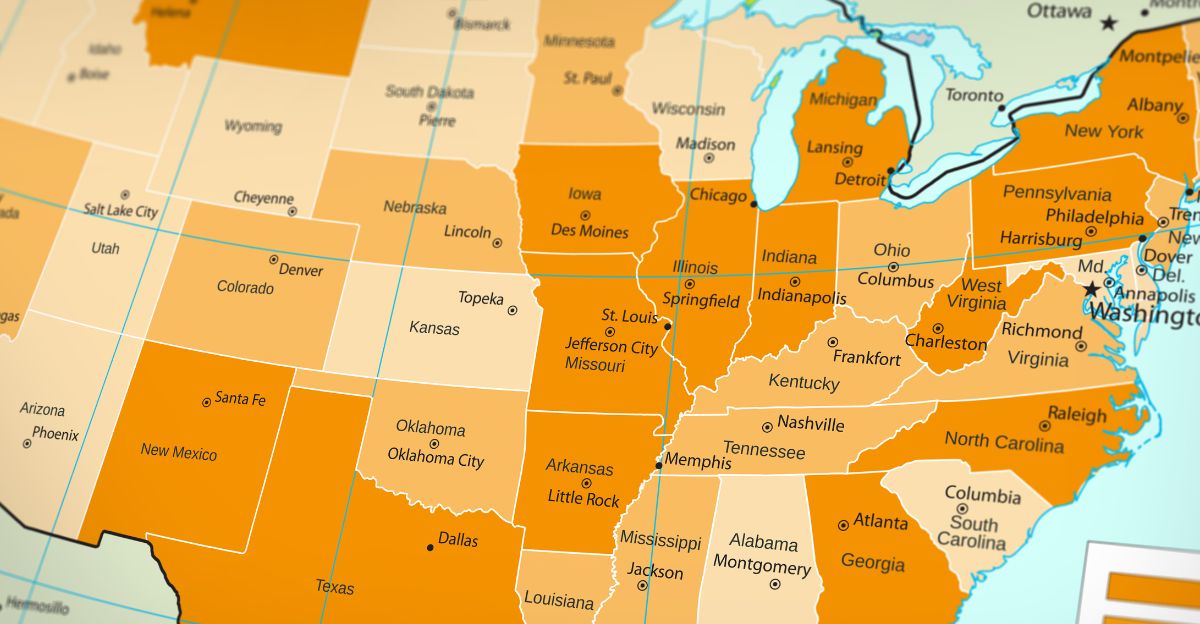
Local and state officials are asking for emergency declarations and federal assistance as the scale of the devastation becomes evident. Senators and governors are urging swift action to help affected communities, with policymakers debating long-term solutions to protect communities better.
The ripple effects are being felt in the halls of government, where the storms are forcing conversations about how to adapt to climate change, where to invest in infrastructure, and how to prepare for disasters. The political response highlights the necessity for a coordinated response to climate change-induced extreme weather in the central U.S..
Long-Term Recovery and Rebuilding
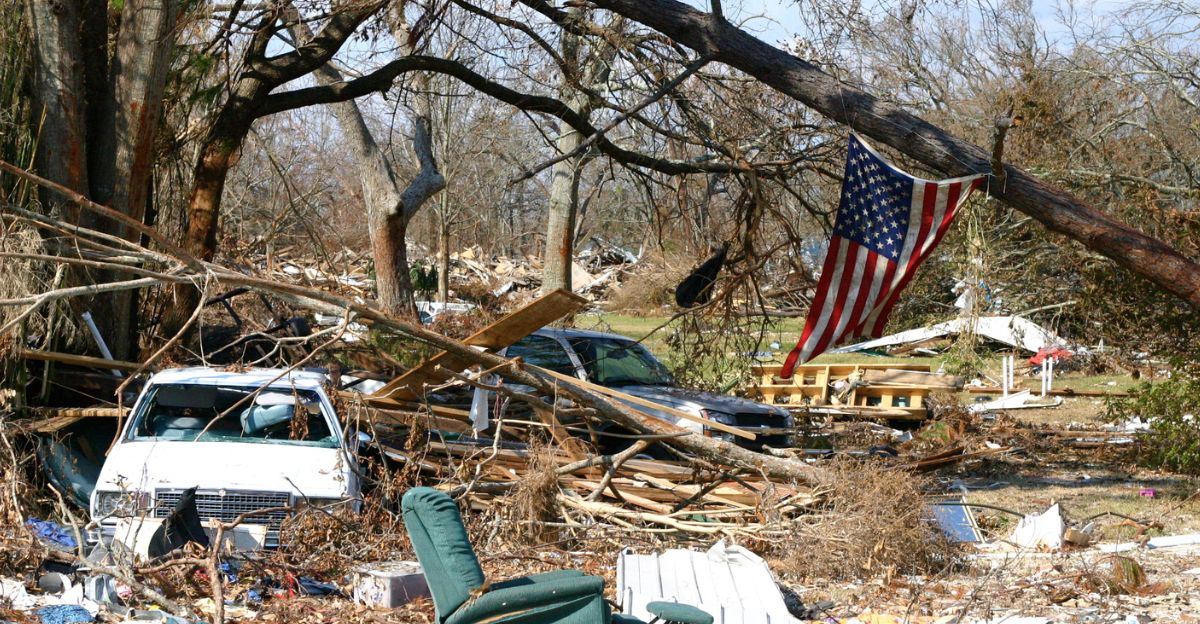
As the storms finally abate, attention can be turned to the long-term recovery. Communities need to asses the damage, secure temporary housing and start the long process of cleanup and recovery. This is crucial to insurance markets, construction industries, and local economies, all of which have to adjust to the new reality.
The storms are a harsh reminder of the need for resilience and preparedness, as the region sees the potential for more extreme weather ahead. The aftermath of this Memorial Day weekend will not only be measured in damage but also in the lessons learned and other strengths of recovery.
Looking Ahead

What started as a brutal storm across the central United States is pushing east and disrupting travel, canceling events, straining infrastructure, and challenging communities on multiple fronts. The storms underscore our fragility in the face of extreme weather and the interconnected nature of modern life.
As the region recovers, the lessons from this Memorial Day weekend will inform future preparedness and policy, to ensure that when the next set of storms strike, communities are better equipped to weather not just the rain but the ripples that follow
Explore more of our trending stories and hit Follow to keep them coming to your feed!

Don’t miss out on more stories like this! Hit the Follow button at the top of this article to stay updated with the latest news. Share your thoughts in the comments—we’d love to hear from you!







